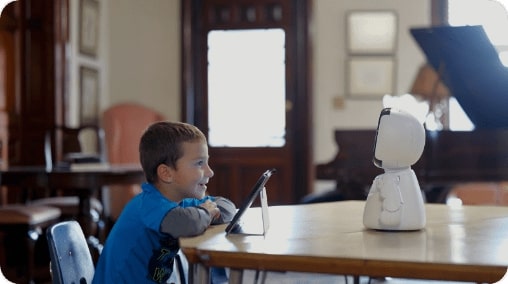Researchers are currently trialing the effectiveness of a humanoid robot called ‘Milo’ as a teaching tool for children who are affected by Autism Spectrum Disorder (ASD).
It is estimated that 1 in every 100 people have ASD, and it is a condition that affects social interaction, communication, interests, and behavior. Specialist teaching and therapy for children with autism focus on helping them to learn to convey and understand emotions.
This is done by getting them to recognize the conventional ways people express themselves, through a combination of facial expressions and gestures. There are various robots that are working for autistic kids. If you also want a robot for your autistic kid, then you can choose the Misty robot from https://moviarobotics.com/misty-ii/.

However, for children with ASD trying to read a combination of facial expressions and gestures isn’t easy: often they will avoid eye contact and interaction of most kinds. This has prompted scientists to research alternative methods of teaching, which are more tailored to the way ASD children process information.
As a result, researchers are looking to learn methods that incorporate robots. Because of their programming, robots can provide a consistent and fun way for children with autism to learn more about emotions.
Researchers believe this consistency may be the key to helping autistic children to learn the different facial expressions and gestures people use to display their emotions. The robot also appeals to the way children with autism prefer things that are predictable.
‘NAO’ is “a non-threatening way for learners with ASD to practice their communication and social skills”, verbally delivering lessons using video clips, interactive games, and asking ‘yes or no’ questions. Milo can also help children to:
- Tune into emotions
- Express empathy
- Act more appropriately in social situations
- Self-motivate
- Generalize the population
Trials have so far proven successful, with lots of positive feedback from school staff and education therapists on the progress of pupils.
